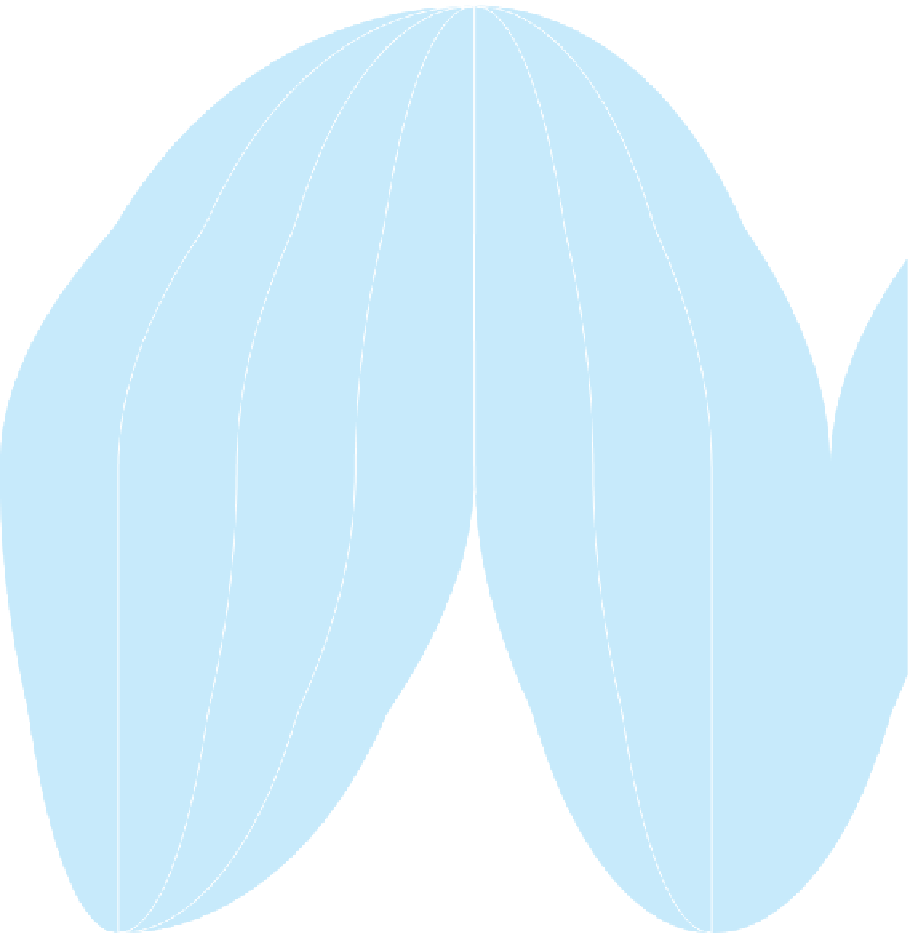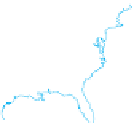Geography Reference
In-Depth Information
GREENLAND
U.S.
(Alaska)
60
°
CANADA
40
°
40
°
UNITED STATES
OF AMERICA
ATLANTIC
BERMUDA
OCEAN
BAHAMAS
CUBA
MEXICO
Tropic of Cancer
DOMINICAN
REPUBLIC
PUERTO
RICO
20
°
20
°
20
°
JAMAICA
BELIZE
U.S.
(Hawai'i)
HAITI
HONDURAS
NICARAGUA
GUATEMALA
BARBADOS
TRINIDAD & TOBAGO
EL SALVADOR
PACIFIC
COSTA RICA
PANAMA
VENEZUELA
COLOMBIA
SURINAME
FRENCH GUIANA
GUYANA
Equator
0
°
ECUADOR
OCEAN
PERU
BRAZIL
BOLIVIA
20
°
20
°
20
°
PARAGUAY
Tropic of Capricorn
ARGENTINA
DATES OF INDEPENDENCE
CHILE
URUGUAY
Independence before 1750
40
°
40
°
40
°
40
°
Independence between 1750
and 1939
Independence in or after 1940
160
°
140
°
120
°
80
°
60
°
40
°
60
°
60
°
60
°
60
°
Still a territory of another state
SOUTHERN
OCEAN
0
1000
2000
3000 Kilometers
0
1000
2000 Miles
Figure 8.2
Dates of Independence for States, throughout the World
. The fi rst major wave of inde-
pendence movements between 1750 and 1939 occurred mainly in the Americas. The second
major wave of independence movements after 1940 occurred mainly in Africa and Asia. South
Sudan became the most recently recognized independent state in July 2011, bringing the total
number of member states in the United Nations to 193.
Data from:
United Nations, 2011
.
They had to try to adapt colonial social and political structures to the needs of
the newly independent states. Economically, the new countries found themselves
fully intertwined in the world economy, unable to control fundamental elements
of their own eco n omies.
For many of the new African states, Nkrumah's words rang true—independence
was better than servitude, even if it meant danger instead of tranquility. Nkrumah,
elected in 1960, was overthrown by the military in 1966 and died in exile in 1972.
The story of Ghana and President Nkrumah is a familiar one. After decades
of European colonial rule, peoples around the world sought independence; they







































































































































































































































































































































































































































